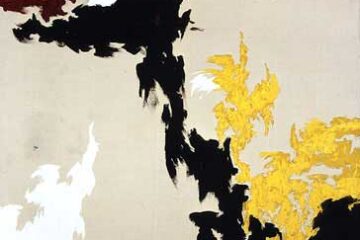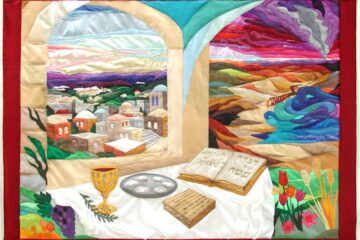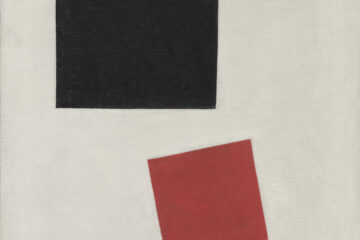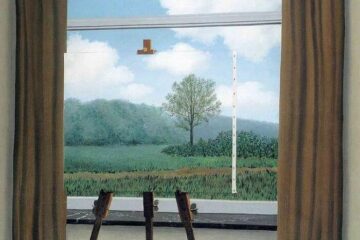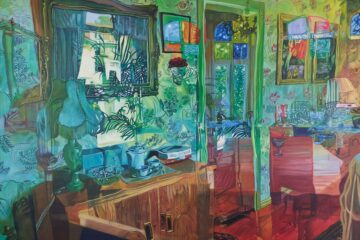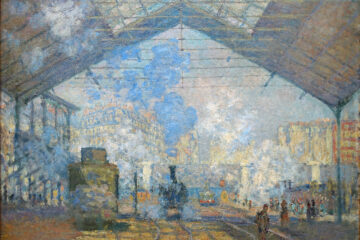The journey to the divine promise of peace and wholeness involves overcoming narrowness and deepening our sense of communion with others and with nature itself.
View the study sheet here. Watch the recording here.
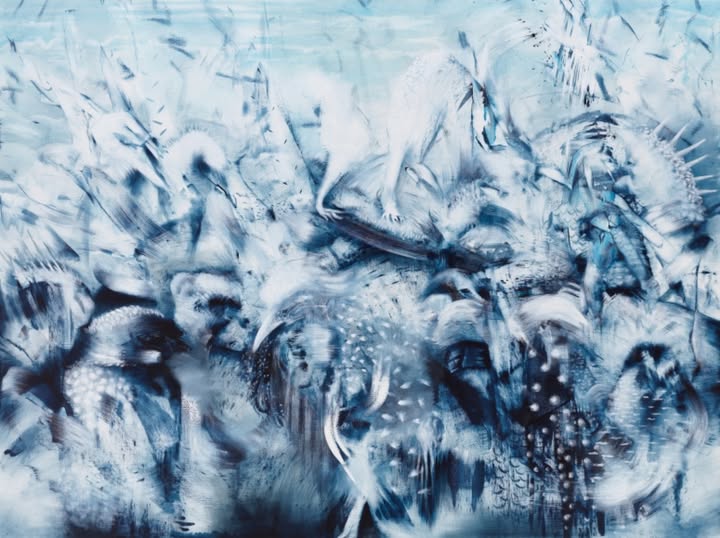
People living in today’s developed countries experience levels of material wealth and personal freedom unimagined two hundred years ago. Yet, something is stirring. A growing discontent and dissatisfaction with how things are. The ends of the political spectrum articulate and explain in different ways a shared anxiety, one that is the product of the very achievements that brought us to this moment.
Modernity has been built upon the pillars of individual autonomy and secularization. Emphasis on the individual’s ability to make choices for oneself regardless of status at birth has unleashed creativity and increased social wealth. The ascendance of science and rationality has produced technological advances at a dizzying pace. Modernity has been an age of liberation.
But there has been a price. Our expanded social and physical mobility has disrupted family life. Membership in a community is measured in terms of years rather than generations. The decline of religion has narrowed our spaces in which to comfortably explore mystery. Increasingly, we experience ourselves as alone, unattached and disenchanted.
Can we benefit from the advances of scientific study while also living within worlds that we can never explain or control?
Six years ago the National Institute of Health published an article written by five Iranian scientists whose fields cover medicine, computer science and molecular research. In it they explore issues of cognitive science and the relationship between the brain and the mind. Their approach for doing so is through an analysis of a poem written in the 13th century by the Sufi mystic poet Farid ud-Din Attar.
The poem, The Conference of Birds, is about a group of birds who go in search of their ideal sovereign, the great, legendary bird Simorgh. They want to find him because he has all the answers, while each of them has only a unique personality and singular insight.
The birds’ journey is long and treacherous. They have to cross seven valleys: Quest; Love; Knowledge; Detachment; Unity; Wonderment; and Deprivation and Annihilation, where the self disappears and the barrier between past and present no longer exists.
When they reach their destination, they discover only a lake. In it they see a reflection of their collective being. What they had been looking for exists within their cohered self that knows beyond the static of single points of view and isolated truths.
The article’s authors apply what they have learned from the poetic flight of the birds to a scientific explanation of the brain. They describe the brain as a complex system which functions through the synergic activity of a variety of neural networks. There is no central controller. Consciousness develops as a result of a harmonious functional correlation and synchronization between them. In short, they suggest that Attar’s fantastic tale describes how the brain works in developing consciousness and creating meaning.
Pictured here is a painting, Language of the Birds, by Ali Banisadr, who was born in Iran in 1976. The Islamic revolution and the Iran-Iraq war shaped his childhood. And his art. Now living in Brooklyn, Banisadr paints images that morph from the abstract to the recognizable. Some we can identify as objects that exist in the objective, outside world. Others appear to dwell only within Banisadr’s imagination. Can you tell which is which?
The painting is inspired by Attar’s poem. The titles of both the painting and the poem allude to verses found in both the Qur’an and Jewish midrash, that Solomon and David learned the language of birds. The enchanting idea in both traditions is that it is possible to attain a level of attunement and dialogue with nature itself.
Attar’s poem, Banisadr’s painting and the article by the five Iranian scientists inspired me to see this week’s Torah portion very differently than I have previously.
In Parshat Vayetzei (“he went out”), Jacob leaves home. The narrative of his departure and the Hebrew used describe it variously as one filled with either anxiety or calm, fear or hope. But mostly, nothing is certain. And he himself is void: penniless, homeless, apart from family, a stranger on the way alone.
Departure from one’s certainty is an essential first step in the journey to a new self. In his poem “East Coker,” T. S. Eliot writes: In order to arrive at what you do not know/You must go by a way which is the way of ignorance/In order to possess what you do not possess/You must go by the way of dispossession.
In the past, I would have focused on Jacob the individual. Just as I have on Abraham, Isaac, Moses and all the other characters we meet in the Biblical narrative. But this year I saw not the journey of any individual. I saw the primary wayfarer as the people Israel, with Jacob and the others as birds on the way to a coherence and a sovereignty that can be achieved only when they break free of their own narrowness and emerge as a collaborative, integrated whole.
The second most important book in Judaism is the Talmud, in which sages grapple to rationalize the ambiguities of Torah’s instructions into a guide for everyday life in its most mundane and minute aspects. The third most significant text is the Zohar, which reverses course and remaps the Torah as a journey into mystery.
Driving the entire enterprise is the Bible, the story of a nation’s unending self-development. One that is propelled by both mystery and meaning. One that cherishes tradition, not to replicate what has been but to give life to what we imagine the world could otherwise be.
Join us here at 7:00 p.m. (PT) on Thursday December 5 as we explore the way of dispossession.


